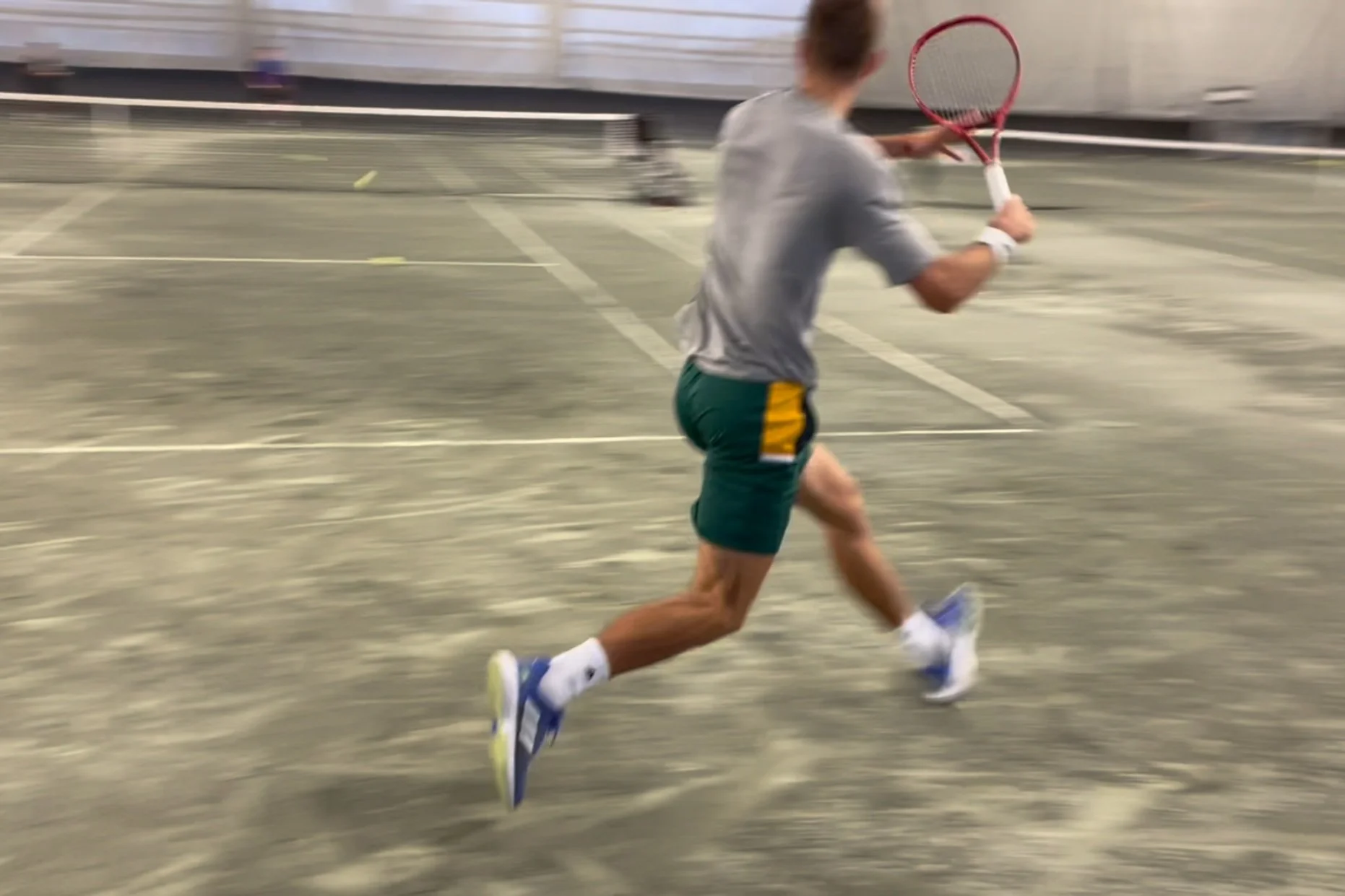By this point, I think we’re beyond prescribing tennis players to run long and slow (at least I hope we are). If you want to understand why this is the case, I urge you to read through this post, as I outline how the energy systems work and interact with one another.
Yet we still need players to be able to endure tough points, tight sets and long matches. No question about it. So how do we do this?
Not so long ago, a tennis coach I worked alongside asked why I don’t prescribe long runs with our players. You know, to get them into shape. My response at the time was that we need to prioritize their strength, power and explosive abilities. He then asked why I didn’t do long runs with them during pre-season? I didn’t want to get into the details at the time but there were 2 reasons. First, there is no real ‘pre-season’ in tennis, particularly not in junior tennis. And second, long distance running can do more harm to a tennis player than good.
You still see it all the time though. Coaches making their players run. Especially when they want to punish a player for bad behaviour or failing to accomplish a drill. They think, why not kill two birds with one stone? Teach the kid a lesson AND get them in shape. Boy is that not the furthest thing from the truth. Many coaches also still believe that running long distance will build an aerobic base but the type of aerobic qualities that are enhanced during long-distance running, are not the qualities we need for tennis - or any explosive type sport. In this article, we’ll outline the basic physiology of tennis, why you shouldn’t run (there are more reasons then, it’s a waste of time) and what you should do instead.



